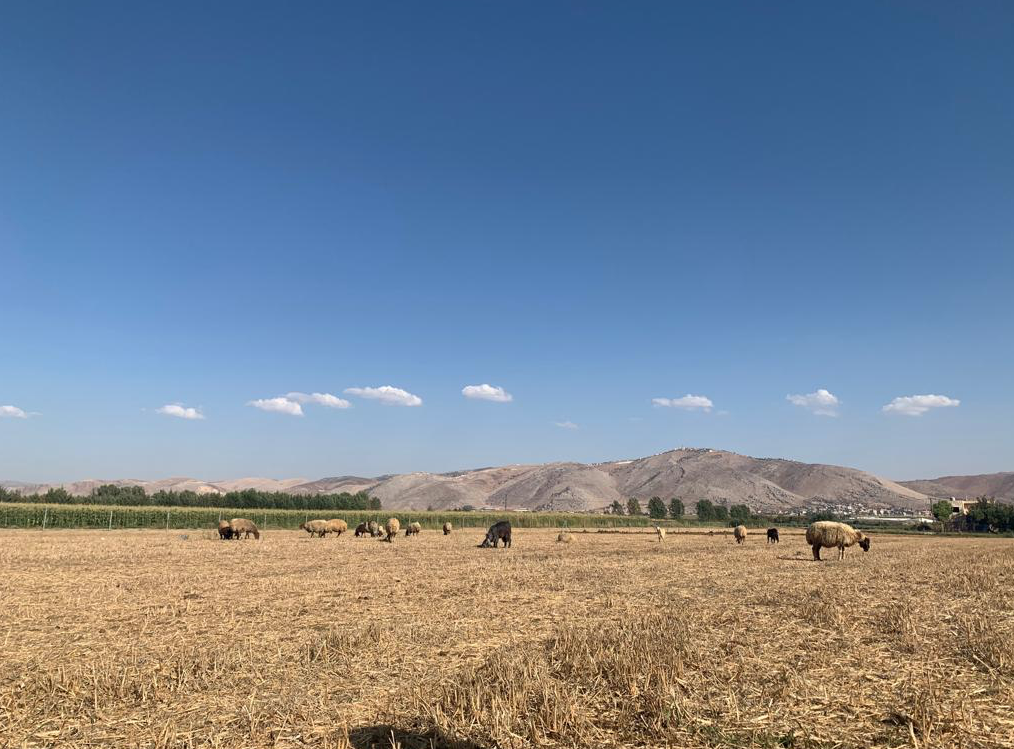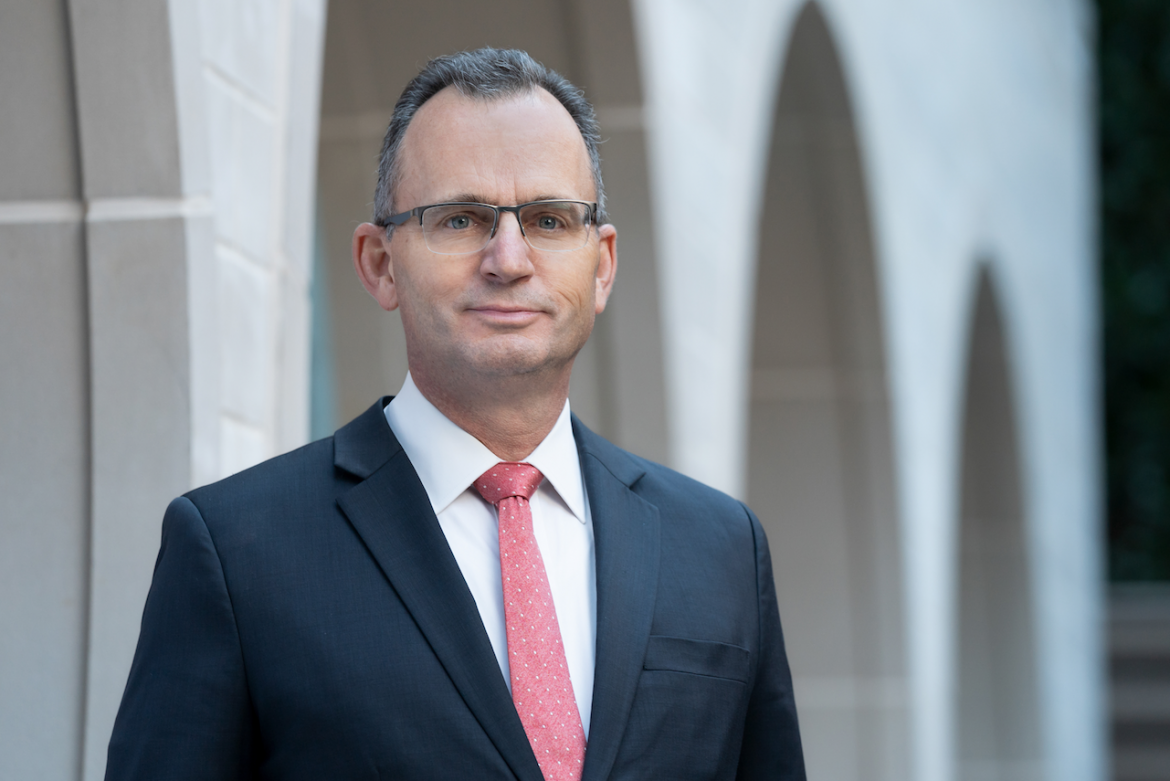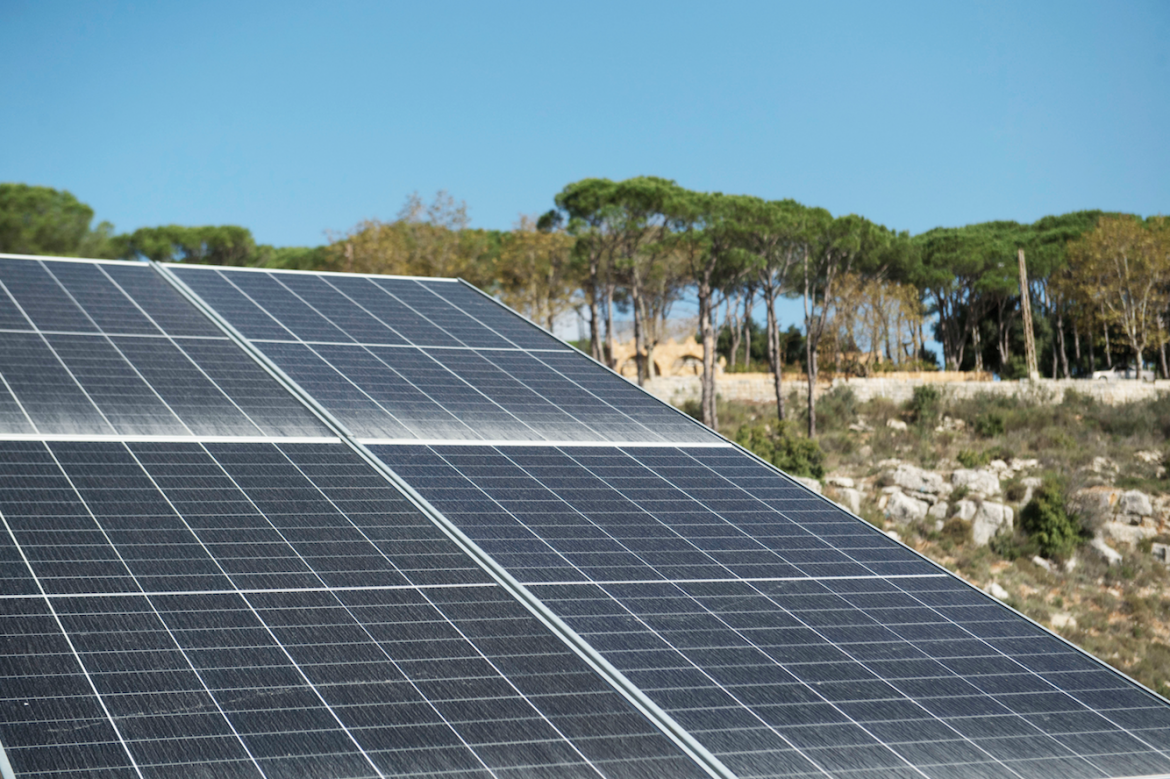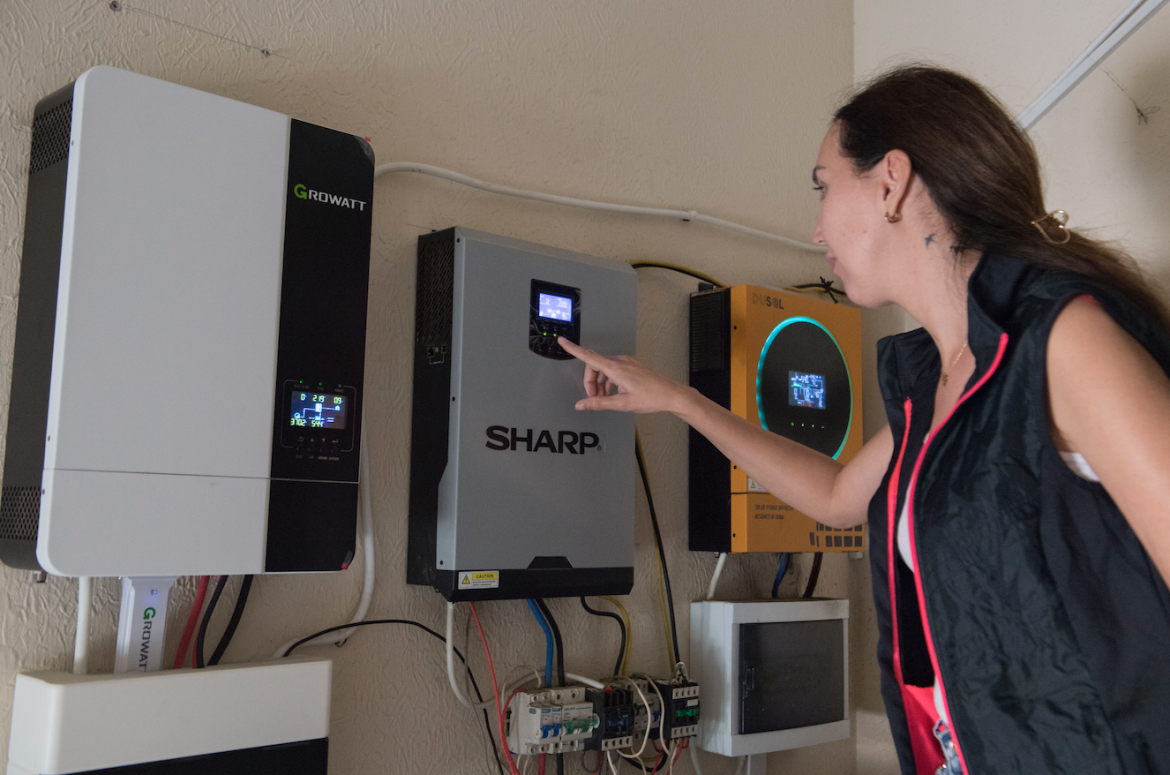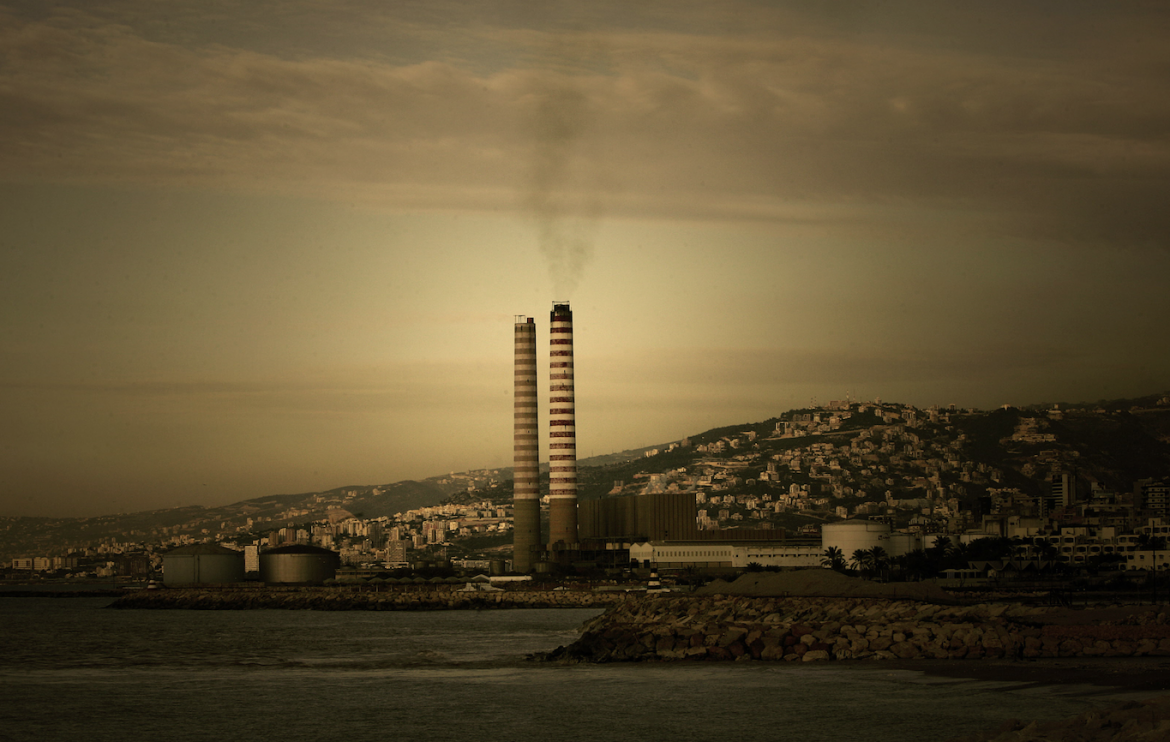An energy transition requires a lot of – energy. This insight is a truism. But it is not a problem of circular reasoning, which would be saying that energy security is unachievable without tapping into new sources of energy through use of terrestrial assets such as wind and water, responsible activation of yet-to-be-discovered extractable sources, as well as focused and heavy reliance on heat and light from the sun.
The journey of turning the vision of sustainable energy security into reality in Lebanon should include private and public production of energy – ramping up diversified production through joint partnership (PPP) projects but also through separate initiatives; but equally it will require reducing energy wastage as well as auditing and rationalizing energy consumption – the conservation of the energy we have at our disposal and have been wont to squander. Besides restructuring the electricity sector, the journey further needs to pass sustainability checkpoints related to two other, top energy-gobbling sectors, transport and housing. Last but not least, it requires a transparent and reliable sector of financial intermediation and access.
But above all material investments and physical efforts, the energy that is essential in realizing any dream of Lebanese transition to a complex and comprehensive state of security, one that includes but reaches beyond food security and energy security, can and must be captured firstly through collective and individual mentality changes.
Constructively capturing and activating the vision of energy security in a country of long energy insufficiency and, currently, acute depravation of electricity must start on the frontlines of the mind – we can do it, but only by investing our human energies of behavioral change, regulatory development, administrative adoption, state incentives, market incentives, corporate responsibility, civil advocacy, education across all levels from kindergarten to vocational, tertiary and adult, as well as cohesive political will – Lebanon’s most vulnerable and elusive energy source – and communications media support.


